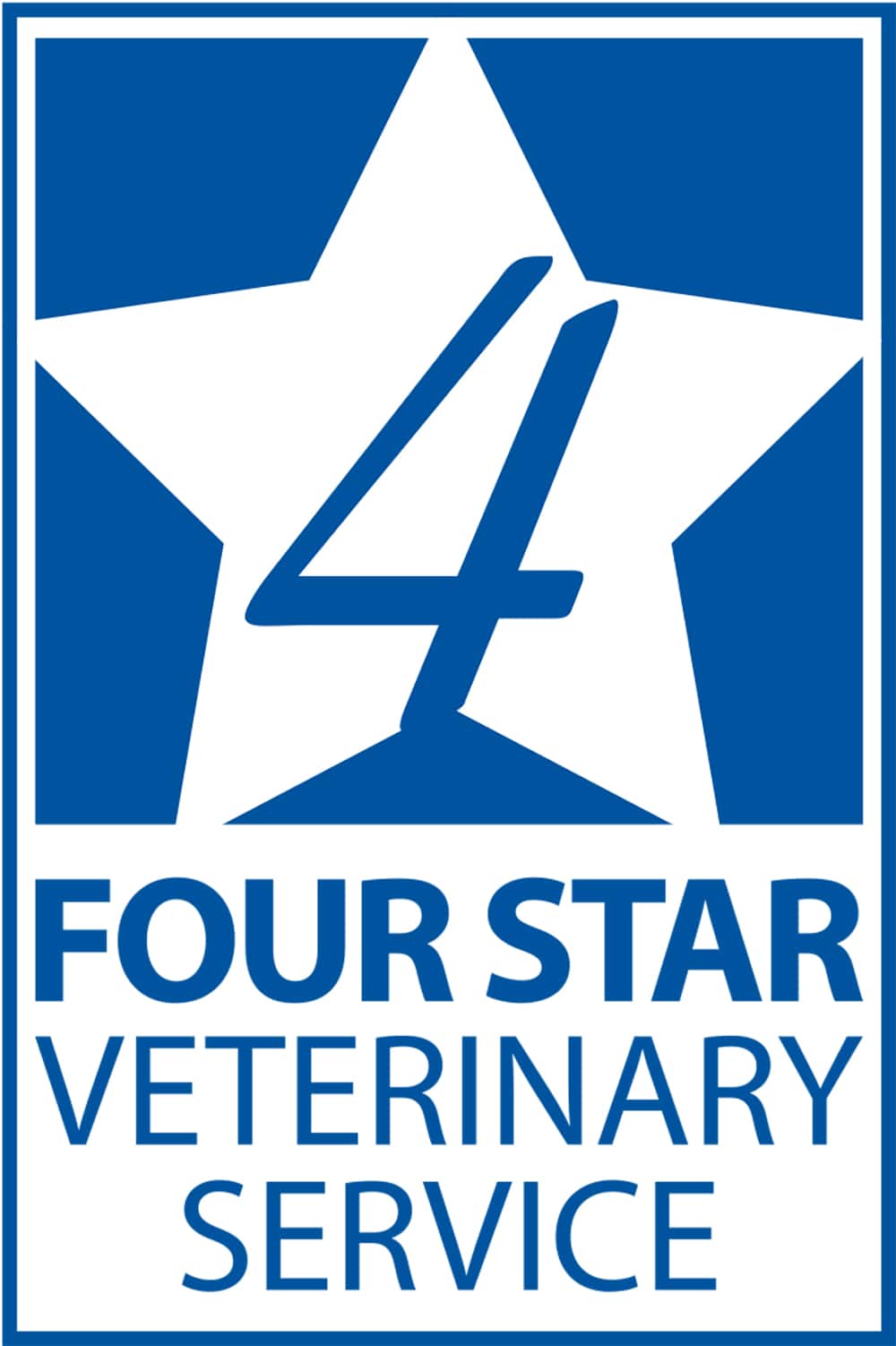
Dr. Jason Woodworth, swine nutritionist at Kansas State University spoke at the Four Star Veterinary Service Pork Industry Conference held in Fort Wayne, Indiana in mid-September about recent nutrition research as well as frequently asked questions.
Gilt development focused on her offspring
“A lot of times we’re focusing on gilt development in relation to her longevity in the herd, as opposed to the impact of gilt development on her future offspring,” said Dr. Woodworth. “We conducted a review looking at factors that influence offspring performance and profitability based on gilt development. This summary table describes the factors to consider when selecting gilts and include birthweight, litter of origin, colostrum intake, etc. The focus is on how to properly develop those gilts to increase the performance and survivability of her offspring.”

Essential fatty acid (EFA) balance
Dr. Woodworth said some of his research is focused on linoleic acid (LA) and alpha linoleic acid (ALA). These types of special fatty acids are found in higher concentrations in vegetable sources and contain much higher amounts of EFAs than other animal-derived fat sources like choice white grease. Research conducted at North Carolina State University studied EFA supplementation to sows and found that when sows go through a typical lactation, their EFA balance decreases. Thus, the amount of EFAs she consumes is less than what she puts out through the milk.
“Net over net, we have a reduction in EFA with some diet formulations currently used. The NCSU data suggested about 125 grams per day of linoleic acid and about 10 grams of alpha linolenic acid per day is the target to maximize performance,” he said. “That’s also in line with a study out of Australia in 2018 that observed reduced piglet mortalities when sows consumed about 120 grams of linoleic acid per day. And a large study we conducted at KSU showed increased piglet weaning weights when EFA were supplemented at increased levels.”
The post-weaning diarrhea challenge
Post weaning diarrhea is an industry challenge in the US. There are three sets of factors that need to be considered.

“From a nutrition standpoint, when we think about post weaning diarrhea, we tend to jump to crude protein pretty quickly,” he said. “We know that when we increase crude protein, a lot of nursery diets will have increased levels of undigested protein going into the hind gut which is helping feed the bacteria there and generating the scours that we’re seeing. The challenge with our mentality of chasing maximum performance, especially in an early weaned pig, is that we also tend to feed excess amounts of crude protein.”
Dr. Woodworth said a change of mindset is needed in our approach to formulate the nursery diet. He recommends a diet with lower crude protein and an amino acid fortified nursery diet spread out over phase one and phase two combination. He suggests minimizing the inclusion of conventional soybean meal and specialty protein sources while taking advantage of some of the synthetic amino acids.
“The benefit is that it does reduce the incidence of scours, and it also reduces diet cost,” he said. “We need to be thinking about a different target when we approach our performance KPIs for the nursery. Reducing crude protein and nutrient intake may result in lower performance of the pigs, but hopefully it will be associated with less scours which has benefits we see later.”
Another approach to reduce post weaning diarrhea is ABC-4 which stands for acid binding capacity four. ABC-4 isn’t a new concept, but it’s receiving more attention in the US as the industry learns more about the weaning process.
“ABC-4 is important is because a newly weaned pig doesn’t have the capacity to produce enough acid to be able to maximize digestibility of nutrients,” he said. “In the past, we just put acids in the diet. The challenge is that we know some ingredients act as buffers. While we may be pushing some acids in the diet and if we have high levels of limestone, for example, we’re binding them up and those acids aren’t having much of a benefit. So, we started looking at ways to formulate diets to lower the acid binding capacity.”
Dr. Woodworth said nutritionists and producers may be reducing digestibility of some nutrients because the acid isn’t available to break down some feedstuffs. The current push is to figure out how to formulate diets that have low acid binding capacity. Studies are underway looking at ABC-4 and zinc oxide and its impact on average daily gain and removals and mortality.
To summarize, Dr. Woodworth recommends the following to minimize post weaning diarrhea:
- Reduce excess nutrients like crude protein and feed the right diet to the right pig at the right time
- Improve digestibility using ABC-4 and enzymes
- Stimulate gut development with fiber
- Adjust KPIs to ensure you are aiming at the right target
“The biggest thing is focusing on a whole team approach, especially from a post weaning diet standpoint,” he said. “We can’t do it alone; it takes the whole group. If you’re walking barns with only your nutritionist or only your veterinarian you’ve got a lost opportunity – get the whole team in there together.”
Do grow-finish feed additives make economic sense?
Starting in 2020, the US industry has seen a dramatic increase in fat costs. The rule of thumb of a nutritionist is that a 4:1 ratio of fat to corn price typically allows fat to be used as an energy source. When the ratio is below 4:1, it makes sense to add in some fat, but when it’s higher than 4:1, it doesn’t make sense economically.
“Right now, prices are about 7:1 to 8:1, and so a lot of fat should not be in a diet. However, it may still be there,” he said. “That’s one of the challenges faced by a nutrition supplier. You are often vetted based on your ability to have the best performance. Unfortunately, oftentimes the best performance isn’t necessarily associated with best profitability.”
Dr. Woodworth said the prices agriculture is seeing are not going to change anytime soon, and it’s partly due to the renewable oils push.
“It sounds like the aviation industry is also going to have a big push and initiative to use more renewable oils,” he explained. “What this has driven is, by 2025, to have around 25% more soy crush capacity in the US. Unfortunately for us, the oil will be priced out of our market, but there could be opportunities for lower priced soybean meal as a result of those new crush plants coming online.”
Recent trials assessed the value of added fat (up to 3%) on finishing pigs and showed no change in average daily gain, while 3% fat offered the best feed efficiency. However, the income over feed cost was lowest at the highest inclusion of fat. Dr. Woodworth reminded producers to be mindful of the economics of that decision and measure based on profitability, as opposed to basing it on performance alone.
Consider your feed biosecurity
Prior to the PEDV outbreak about eight years ago, the industry didn’t think much about feed biosecurity.
“We didn’t think about feed being a vector of virus transmission,” he said. “Since then, we’ve learned that viruses like PEDV and even ASFV and bacteria like Salmonella and E. coli can hitch a ride on feed and infect farms. We need to start figuring out how to transfer our sow farm biosecurity mentality to our feed mills and our feed supply chain, because we’re bringing in some of these pathogens through our feed.”
Research has taught us that prevention is the key. It starts with ingredient sourcing and ensuring you’re sourcing from good, trusted suppliers who will do a good job with manufacturing, storage and delivery. He said partner studies with a group in Vietnam assessing ASF transmission showed much of it came down to people in trucks.
“We continue to see with all of our research that getting ASF or other viruses on boots or into truck cabs is really what’s causing some of the transmission issues,” he said. “If we can keep truck drivers in trucks, that’s a big step in the right direction.”
Kansas State University has conducted African swine fever (ASF) research related to feed biosecurity and a summary of the research to-date has shown:
- While ASF and PEDV are not similar from a virus structure standpoint, they share similar characteristics and behavior within a feed mill
- Once you bring ASF into a feed mill, it can spread throughout and may be nearly impossible to remove
- Dust is an excellent carrier of the virus
- Contamination of feed and surfaces can be detected after multiple batches of feed pass through the equipment
- Especially with high traffic areas, it’s people who are carrying it throughout the system
- Mitigants and/or holding feed at different temperatures work to minimize or eliminate the virus
Kansas State University has many swine resources available on their website, including updated Swine Nutrition Guides for producers.
National Pork Board also has resources available to assist producers with biosecurity and foreign animal disease preparedness.
